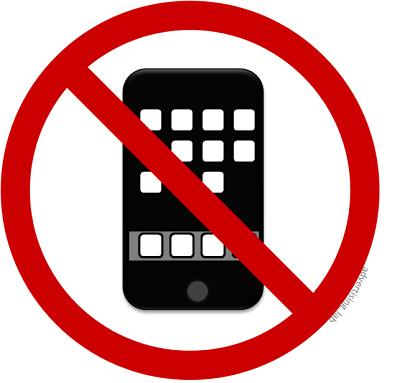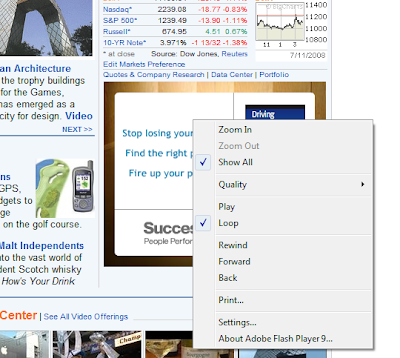Former Time Publisher on Media Changes
Posted in: UncategorizedJack Haire, the former publisher of Time Magazine and president of Fortune/Money group who last week joined Balihoo’s board of directors, talks about industry chaos, advertising networks and the movement of media dollars [emphasis mine].
“In spite of the challenging economic times we’re in, I like to think of the media business as one of the sectors showing the greatest innovation and development. The media pie continues to grow, even though the ad spend mix is shifting. At the moment new technologies are the rage providing new levels of customization and accountability. Share, and in some instances, absolute dollars have shifted away from broadcast TV, magazines, newspapers and radio to the web, cable TV and outdoor, which has shown an exciting ability to reinvent itself using technology to better target and deliver value. When you think about all the new interactive brands, both new and associated with traditional media, it’s pretty exciting.”
In some ways, I think of this shift from traditional venues to online as a swing of the pendulum to a new more accountable medium, and the need for marketers to test and refine their approach. But as the pendulum finds middle ground, the one constant will be that great brands will draft off this competitive threat and get stronger or be marginalized. I am often reminded of how efficient and effective traditional media is at getting the word out to a large audience of readers and viewers. And they do this in very clean uncluttered, effective environments that are time tested at generating efficient results. The web is only one piece of the pie.”
On online ad networks:
“I’m not a huge fan. And it is interesting to note that really strong web brands like espn.com and Martha Stewart are eschewing them because they realize that they are the crown jewel brands that advertisers want and will pay for. In essence they are the lead brands that “legitimize” the network. As an advertiser, I’d want to make sure I know where, and in what environments my ads will appear in. As a publisher, I’d worry about being commoditized by being a part of these networks. That said, with new behavioral and contextual targeting available, these networks do give you a way to reach your targets efficiently. So if I’m looking for an efficient way to reach hand raisers, I’d have them in the mix. One of the huge benefits of these networks, is that they are an efficient way to buy multiple sites. Balihoo can help marketers be far more efficient, and still allow them to buy brands they know and trust.”
More about Balihoo on AdLab. Balihoo provides a platform for media planning and buying, and is AdLab’s advertiser.

















